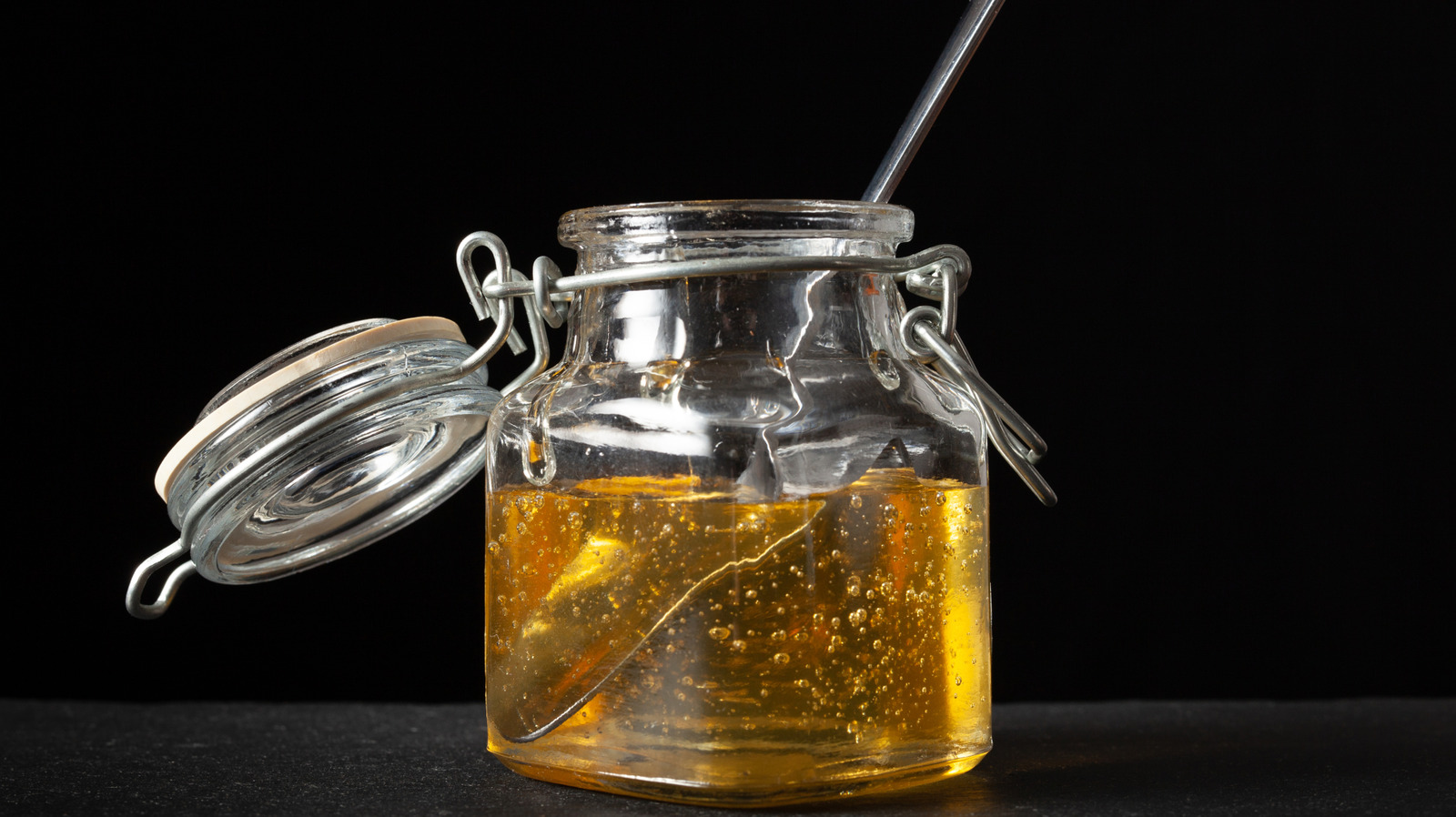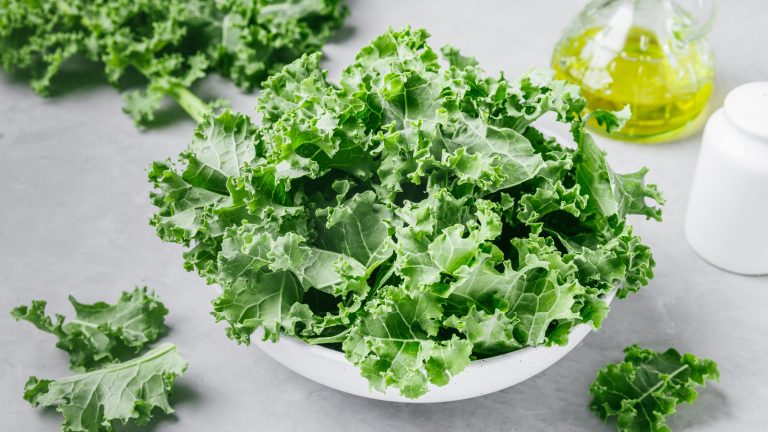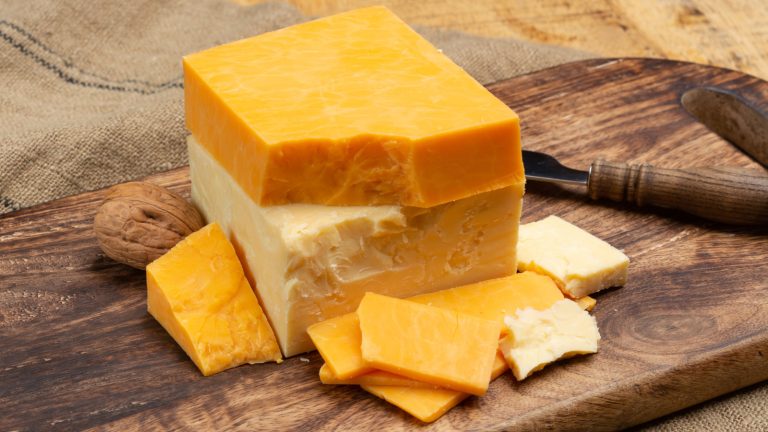When a recipe calls for honey and you don’t have any on hand, when you want to sweeten your yogurt bowl or morning oatmeal, or when you swore you had syrup in the fridge only to realize that you’ll have to make use of a substitute, there’s one ingredient that always comes in clutch: agave syrup. Maybe you bought a bottle of the stuff because you assumed it was healthier for you than honey or other sweeteners, or perhaps you found yourself with some of it after friends brought ingredients to make margaritas over to your house. Regardless, it’s a solid ingredient to have on hand and can be used in your cooking in a variety of different ways.
Whether you’re trying to branch out and explore different sweetener options or you’re just looking for ways to use up any agave syrup that ended up in your kitchen for whatever reason, we’ve got you covered with the 411 you’re looking for on this ingredient. Once you know more about it and how to utilize it in your meals, snacks, and more, your sweetener game might just be forever changed. This is what you need to know about agave syrup.
What is agave syrup?
Agave syrup is a viscous, sticky, and sweet liquid that usually comes in a bottle, similar to honey. Generally, though, its hue is a bit lighter than that of honey, and the consistency is usually thinner than honey, as well. The desert-dwelling succulent plant that agave syrup comes from is native to Mexico, but these days, it’s cultivated in many parts of the world, including California and even as far away as India. Not only does agave produce agave syrup, but it’s actually the key ingredient in tequila and mezcal, as well.
It’s an ingredient that can be used to replace other types of liquid sweeteners, like honey and simple syrup, although agave syrup’s somewhat-thinner consistency may affect how it performs in some specific recipes. Some vegans prefer it to honey, since unlike honey, it’s wholly plant-based. Some bartenders and home cocktail aficionados also choose to use it as a sweetener in drinks, especially (and fittingly) for tequila- and mezcal-based cocktails. Generally, agave syrup is not eaten on its own but used as a condiment or an ingredient in other dishes.
How is agave syrup made?
Since agave syrup is made from the agave plant, the first step in making the ingredient is cultivating agave. It takes about seven to 10 years for the agave plant to reach maturity, which is when it becomes ready to harvest. Once a producer decides that the plant is ready to harvest, the harvester removes both the leaves and roots of the plant so they can focus on the core. The core of the plant is pressed until a sticky sap leaks out of it — this is agave syrup in its rawest form. Of course, it has to be filtered before it’s bottled, distributed, and sold as the agave syrup you know from the grocery store, but that sap contains the sticky sweetness that eventually makes its way into your favorite dishes.
Even though agave may appear plentiful on store shelves most of the time, it’s an ingredient that faces issues with sustainability, largely because it takes so long to produce a single plant. Agave production often uses clones of the same plant, leaving the crop susceptible to disease and pests.
Agave syrup vs. honey
We’ve already discussed the fact that some vegans prefer agave syrup over honey, since honey requires bees to produce. That may lead some to assume that agave is actually better for you than honey, but that’s not necessarily true. Actually, honey is generally regarded as the healthier option, partially because it’s not as processed as agave is and also because it contains more antioxidants than its thinner, arguably trendier counterpart.
Flavor-wise, though, there’s no clear winner. Honey has a stronger, more distinct flavor, so if you want to add both sweetness and complexity to whatever it is that you’re making, it may be a better option. On the other hand, agave has more of a neutral flavor profile, which makes it versatile for use in a wide variety of contexts, like in cocktails or desserts in which you don’t exactly want to add that noticeable honey flavor. Ultimately, it’s up to you to taste the agave syrup and honey you have on hand to determine which is best used in which dishes.
Agave syrup vs. sugar
We all know that it’s not good to have too much sugar in our diets, but some may assume that other types of sweeteners are better for you than the alternative. In some cases, that may be true … but it’s not when it comes to agave syrup. In fact, agave syrup might be even worse for you than plain old sugar. On the plus side, agave syrup has a low glycemic index, which means that it won’t spike your blood sugar as much as other types of sweeteners. However, it’s incredibly high in fructose, which is difficult for the body to metabolize. Eating too much of it regularly can lead to a variety of health concerns, from type 2 diabetes to heart disease.
When it comes to using agave syrup in cooking as a replacement for white sugar, you’re going to want to use about 75 percent the amount of agave as you would sugar. Additionally, you’ll want to cut down on the amount of liquid you use in the recipe in question, since agave syrup is a liquid sweetener and white sugar is a solid one. As long as you keep those conversions in mind, you can use agave syrup in most recipes that call for sugar, thanks to agave’s mild, neutral flavor.
What does agave syrup taste like?
As opposed to some other sweeteners you’ll find lining store shelves, agave syrup may be a solid choice because it doesn’t have a very pronounced flavor at all. Although it may look like a lighter version of honey, it’s actually quite a bit milder than most honey, with a sweetness that’s more pronounced than white sugar. Darker-colored agave syrup may have more of a floral touch to it and can taste somewhat similar to maple syrup, while lighter varieties will offer less of a distinguishable flavor but still plenty of sweetness.
If you want to use a sweetener that won’t impart a pronounced flavor of its own, agave syrup is a good option. However, if you’re looking for a flavorful topping for a sweet dish, there may be more exciting ingredients to explore than agave syrup. We like agave as a syrup swap for cocktails as well as a simple way to add a slightly sweet touch to your salsa.
How to cook with agave syrup
There are so, so many different ways to use agave syrup in your kitchen. Since it’s such a neutral, versatile ingredient, it can make an appearance in pretty much any dish that needs an extra dose of sweetness. You can use it as the simplest of sweeteners by adding agave syrup to your coffee or drizzling it on top of pancakes or waffles in place of maple syrup. Swap it for white sugar in your baking projects or to sweeten lemonade. Agave syrup can also be utilized to make a delicious mixed dink when you want to balance out acidic ingredients in a cocktail recipe.
Remember, though, that when you’re subbing in agave syrup for white sugar, use only 75 percent the amount of sugar you would use in the same recipe. However, if you’re using agave syrup as a replacement for other liquid sweeteners, you can use the same measurements as you would with those ingredients.
Where to buy agave syrup
Want to get your hands on agave syrup? It’s widely available at most grocery stores, so chances are, you won’t have to make a special trip for it. However, you might find it in different sections depending on the way your local grocer organizes its stock. Check in the baking aisle, near the white sugar, or the natural foods section. Alternatively, you might find it near other liquid sweeteners, like honey, maple syrup, or corn syrup. You’ll also likely be able to find agave syrup at health foods stores if you prefer not to shop at larger grocery chains.
Don’t want to go to the store to grab agave syrup? You can order it online, as well, from most major grocery retailers.
Purchase Simple Truth Organic Blue Agave at VitaCost for $6.29.
Purchase Wellsley Farms Organic Blue Agave at BJ’s for $9.79.
Purchase Kirkland Signature Organic Blue Agave at Costco for $10.99.
Nutritional information about agave syrup
Most people don’t tend to think of sugar replacements as particularly nutritional ingredients, but in some cases, they may have health benefits. For example, agave syrup contains antioxidants, which can potentially lower the likelihood that you develop cancer in your lifetime, as well as other components called saponins, which may be beneficial to your health in many ways, including lowering your cholesterol. That being said, since agave is a processed ingredient, it’s likely that some of those beneficial compounds are lost during the production of the ingredient. And, as we’ve already mentioned, agave syrup is a low glycemic-index food, which can make it a better choice for some people with certain health problems.
However, agave syrup shouldn’t necessarily be regarded as a health food, either. It’s more calorific than even white sugar, which means you should be mindful about how much you’re adding to your food if you’re watching your calorie intake. Also, its high fructose content comes with some health risks when you overuse it in your diet. Whether it’s a good choice for you personally ultimately just depends on your personal health needs and nutrition goals.
Varieties of agave syrup
There are a few different types of agave syrup you’re likely to encounter when you’re shopping for the alternative sweetener, and it’s good to know what the differences between the varieties are so you can choose types that are better suited to your intended uses. Light agave syrup has a milder, more neutral flavor than most of the other varieties, so it’s ideal when used in recipes where you’re just looking for additional sweetness, not necessarily a strong flavor of its own.
Alternatively, you might want to opt for amber agave syrup, which has a richer, more complex flavor. This is the variety you might want to use when you’re replacing more flavorful sweeteners, like honey and maple syrup. Dark agave syrup may not be as widely available, but it’s best used when you’re looking for a more intense flavor. It can also be used to balance many savory dishes with a touch of sweetness. There’s also raw agave syrup, which has been produced at lower temperatures than other varieties.
How to store agave syrup
When you buy agave syrup at the grocery store, you’ll probably notice that it’s on the shelf, unrefrigerated. However, you may be wondering if you need to refrigerate your agave syrup after you open it. Refrigeration isn’t necessary. In fact, it might make the syrup thicker than you actually want it to be, so it’s best to just store the syrup in a cool, dark place, like in the back of your pantry. Just keep in mind that when agave syrup reaches temperatures above 80 degrees Fahrenheit, the color of the product can change, but it shouldn’t affect its safety.
Most agave syrups come in easy-to-dispense bottles that you can store the syrup in for as long as you have it. If you do want to transfer the syrup to another container, make sure you can seal it completely. Since this is a sugary, sticky substance, it can attract pests.





